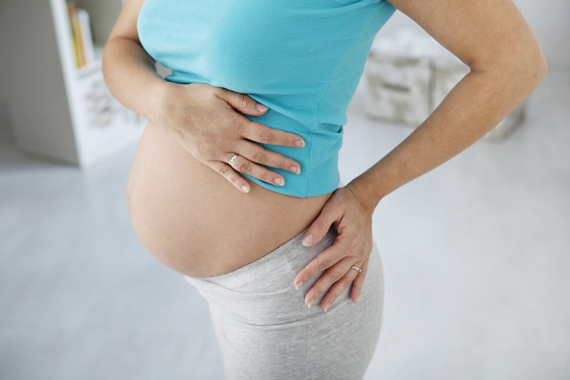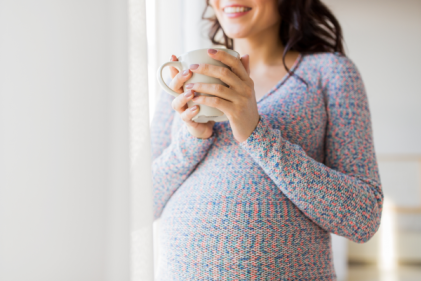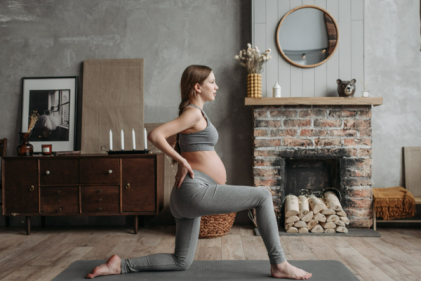 Pelvic Girdle Pain (PGP) refers to pain and discomfort of the pelvis associated with pregnancy. It used to be known as Symphasis Pubis Dysfunction (SPD). The symptoms can vary from mild to severe pain with disability, and it affects Mums-to-be and New Mums both during pregnancy and in the postnatal period. It can begin as early as in the first trimester.
Pelvic Girdle Pain (PGP) refers to pain and discomfort of the pelvis associated with pregnancy. It used to be known as Symphasis Pubis Dysfunction (SPD). The symptoms can vary from mild to severe pain with disability, and it affects Mums-to-be and New Mums both during pregnancy and in the postnatal period. It can begin as early as in the first trimester.
It is vital to remember that PGP is not a normal part of being pregnant. The symptoms of PGP used to be frequently dismissed as normal pains to be endured during pregnancy. In fact, PGP is a significant obstetric problem and needs to be promptly assessed and treated.
The symptoms of PGP are:
-
Pubic joint pain at the front
-
Pubic tenderness to touch
-
Pain or stiffness in the mid or lower back, or over either sacro-iliac joint
-
Catching or sharp groin pain
-
Pain or pulling sensation in the lower abdominal muscles
-
Pain or pulling sensation in the inner thigh or front of the thigh
Note that you may only have one or two of these symptoms for a diagnosis of PGP to be made.
How do the symptoms of PGP manifest in day to day life?
-
Difficulty (ie pain or discomfort) turning in bed
-
Difficulty moving from sitting to standing
-
Difficulty going up or down the stairs
-
Problems when walking e.g. feeling discomfort, “waddling gait”, or even needing crutches for support
-
Difficulty initiating walking after a period of sitting or resting
-
Pain on any activity that involves lifting one leg at a time or parting the legs, such as getting into the car or into bed
Jenny’s top tips to help ease symptoms of PGP:
-
Use a pillow between your legs when sleeping (on your side of course!) and one under your bump to support it
-
When walking, keep your knees close together and take smaller steps
-
Stand with your weight evenly distributed through both legs, rather than leaning more on one leg
-
Sit down to get dressed, especially when putting on underwear or trousers
-
Swing your legs together as a unit when getting out of the car or out of bed
-
An ice pack will help. Only apply it for 10 minutes maximum at a time and place it in a pillowcase to avoid direct contact with the skin (to prevent an ice burn)
-
Avoid swimming, as the kicking can further aggravate your symptoms
-
Be careful in pregnancy yoga or pilates classes to avoid movements that spread your legs apart – make sure to tell your instructor that you have been diagnosed with PGP
-
Speak to your Chartered Physiotherapist about using a maternity support belt – they really help!
Recurrence rates of PGP on subsequent pregnancies are high. If you become pregnant again, please speak to your Chartered Physiotherapist as soon as possible.
Please note:
If you have pain or any concerns while pregnant, please report them to your GP or obstetrician ASAP. Do not suffer in silence. If in doubt, get it checked out. Not all aches and pains are part of being pregnant and it is important to resolve any issues that are affecting your ability to go about your daily business. Don’t leave it until your baby is born, you’ll have enough to do then!








